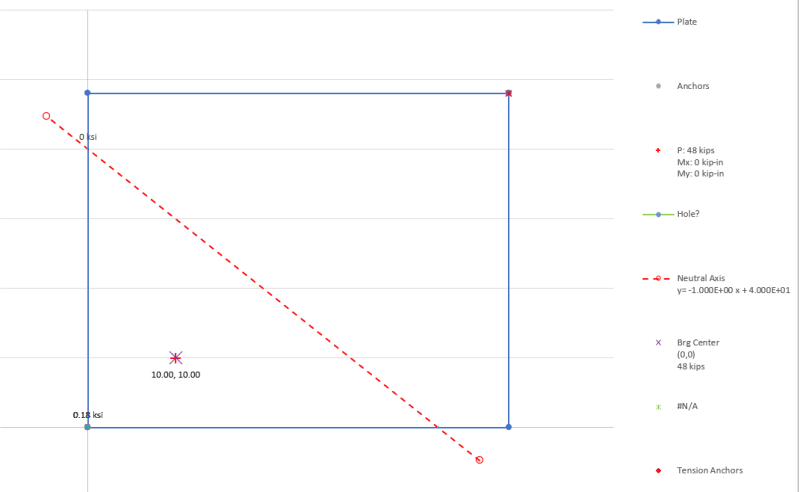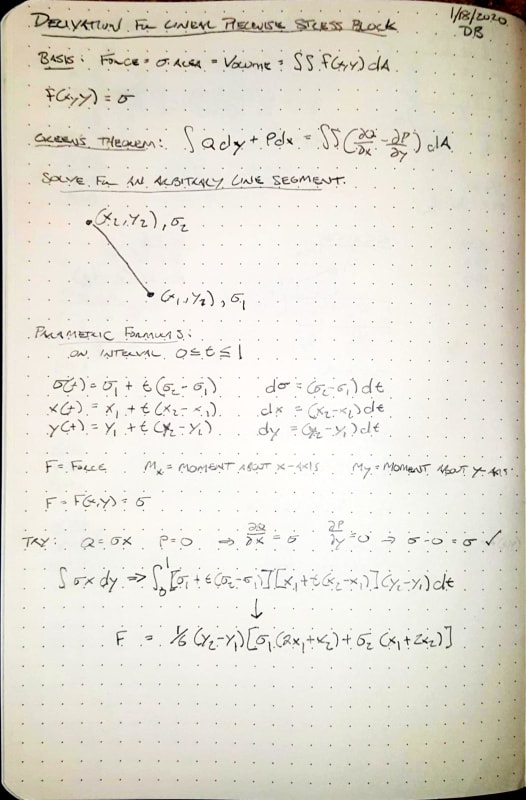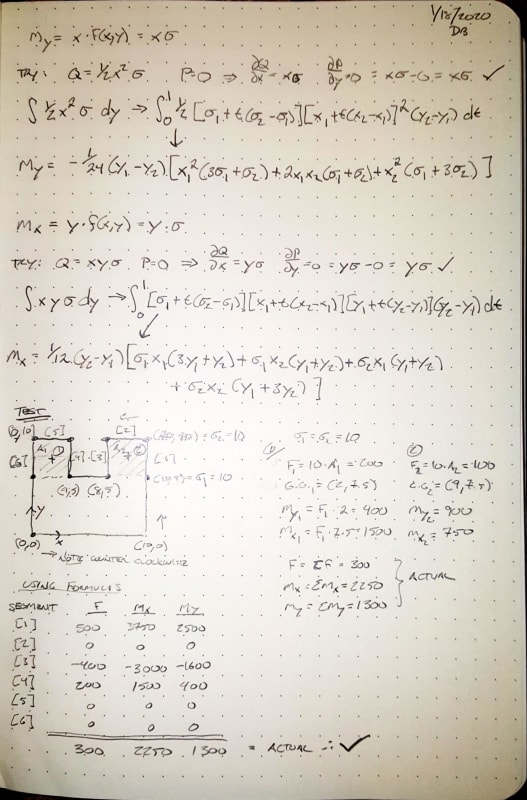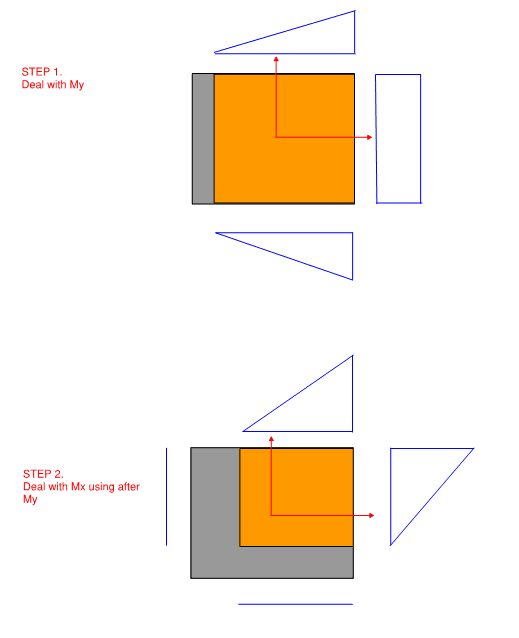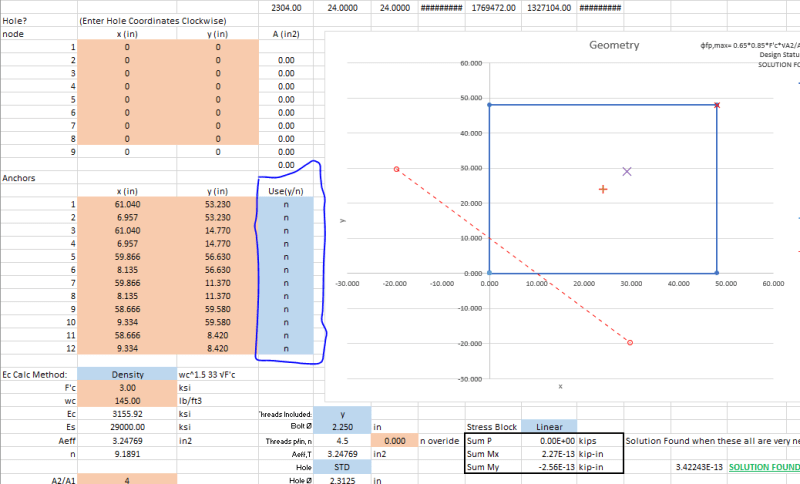Jamie112
Industrial
- Nov 29, 2020
- 8
I know how to analyze when resultant force is outside of middle third in one direction. But how do you analysis when the load is eccentric in both direction and at least one of them is outside of middle third? I tried to use software called TEDDS and it says it fails once it is eccentric in both direction and one of them is outside of middle third but then I tried other software it doesn’t report failure but cuz there is no detailed computation I cant verify how they comp it.
My understanding is do one direction first and take the length of non-zero reaction zone as the width when calculating the other direction. Is this correct?
I guess eccentric footing in both direction is quite common for say raft supporting core walls?
My understanding is do one direction first and take the length of non-zero reaction zone as the width when calculating the other direction. Is this correct?
I guess eccentric footing in both direction is quite common for say raft supporting core walls?

